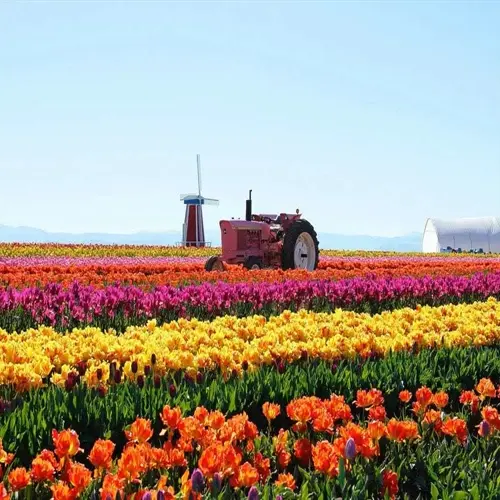How many hours should grow lights be on daily?

Written by
Kiana Okafor
Reviewed by
Prof. Charles Hartman, Ph.D.Controlling the number of hours of light for plant growth will prevent plant growing problems. The number of light hours will vary depending on the types of plants involved and the various stages of the growing period. Leaf plants require different light periods than flowering plants. Seedlings need a greater number of hours of light than mature plants. I vary these periods of light monthly in accordance with the plants' responses.
Growth Phase Requirements
- Vegetative stage needs 14-16 hours for leaf development
- Flowering phase requires precise 12-hour cycles
- Dormancy periods benefit from reduced 8-hour schedules
- My orchids bloom reliably with phase-specific timing
Dark Period Importance
- 6-8 hours darkness enables respiration
- Allows energy processing and sugar transport
- Prevents photoinhibition stress in chloroplasts
- Plants recover overnight like they do in nature
Seasonal Adjustments
- Winter: Add 2-4 hours to compensate for weak sunlight
- Summer: Reduce 1-2 hours to prevent heat stress
- Spring/Fall: Maintain baseline durations
- My seasonal calendar prevents light-related stress
Use timers for constant light cycles. Digital timers are more reliable than manual switching. Automated dawn/dusk programs can provide for a more natural transition. I run smart plugs that turn them on and off automatically. Consistency with these units prevents disruptions from the necessary light cycles and their resultant stress responses.
Watch for indicators to change the duration of light exposure to plants. If there is too much leggy growth, the duration is too short. If the foliage of the plant bleaches out, it may be receiving too much sunlight. Flowering plants require exactly 12 hours. My basil does well with 14 hours of light in the summer. Changes in duration should be made gradually, starting with about 15 minutes a day.
When timing is correct, plant strength and production increase. Proper timing increases photosynthetic efficiency. Plants are more resistant to diseases. Harvest will be greater in properly timed light schedules. My vegetable yield was doubled after changing the time. Begin today with one group of plants.
Read the full article: Indoor Plant Lighting: A Complete Guide

